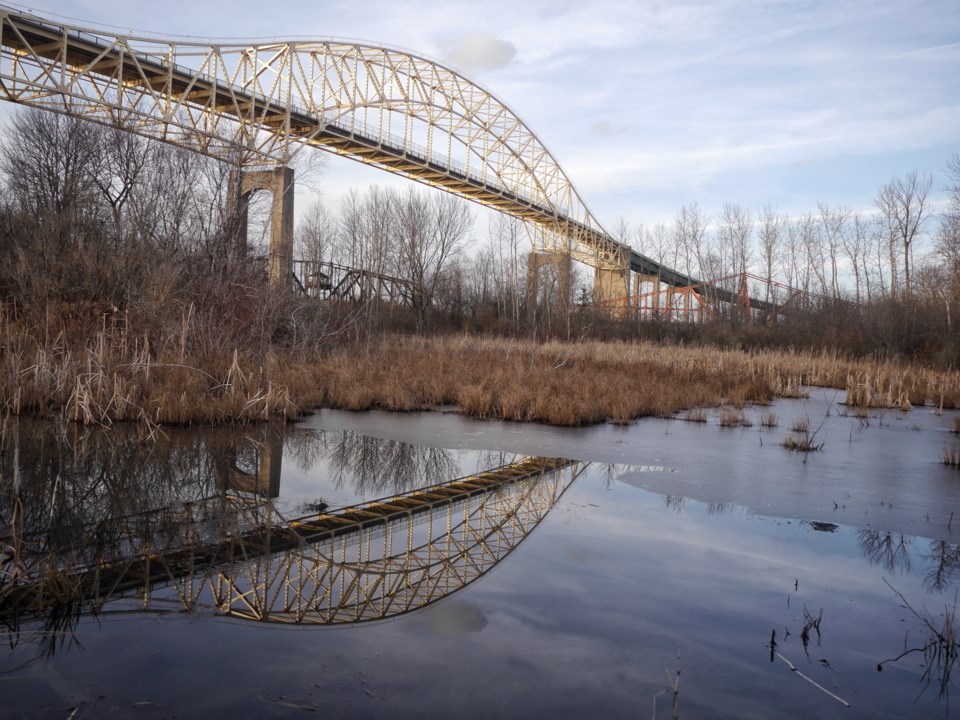St. Marys Rapids flows and water levels are expected to remain above average for the month of November.
The International Board of Control reports that the gate setting at the Compensating Works will remain at its current setting and, during this time, the flow through the rapids is expected to be approximately 920 cubic meters per second (m3/s) (32.9 thousand cubic feet per second (tcfs)).
As a result, some flooding of low-lying areas of Whitefish Island is expected, and as a result, some recreational trails and features in these areas will likely be flooded, and users are encouraged to use extreme caution. The gate setting will be lowered heading into the winter months.
"Outflows from Lake Superior and into Lake Michigan-Huron continue to be set in consideration of water levels upstream and downstream," a release from the International Board of Control also noted. "Due to ongoing maintenance at the Canadian hydropower facility, the International Lake Superior Board of Control (Board) anticipates that St. Marys River flows will be below those prescribed by Regulation Plan 2012 this winter. To help offset this, a flow of 2,500 m3/s (88.3 tcfs), which is 20 m3/s higher than the flow of 2,480 m3/s (87.6 tcfs) prescribed by Plan 2012, will be released in November."
Lake Superior declined by 7 cm (2.8 in) last month.
The lake-wide water level of Lake Superior is 7 cm (2.8 in) above the seasonal long-term average (1918-2021) and 13 cm (5.1 in) above the level of a year ago as of the beginning of November.
Average water levels for Lake Superior is expected to continue to decline through the fall and into the winter months.
Depending on the weather and water supply conditions, Lake Superior may decline by as much as 12 cm (4.7 in) in November.



